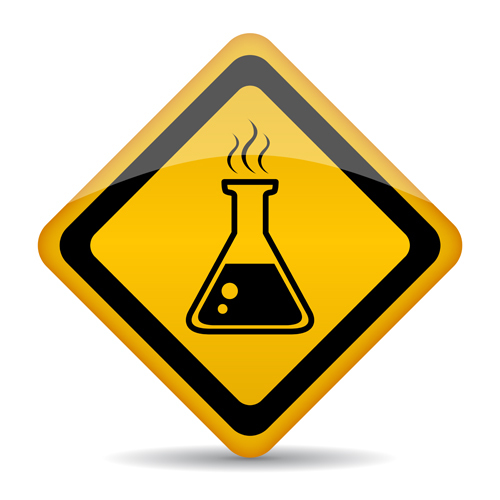EPA Adds New TRI Reporting Category for Nonylphenol
 |
Section 313 of the Emergency Planning and Community Right-to-Know Act (EPCRA) requires facilities that manufacture, process or otherwise use chemicals listed in the TRI to report a variety of data regarding those chemicals. The EPA is authorized to add new chemicals to the TRI when those chemicals are demonstrated to meet at least one of the criterion provided in EPCRA section 313(d)(2)(A)-(C). In the case of nonylphenol (NP) and nonylphenol ethoxylates (NPEs), the EPA found that significant adverse effects from exposure to the chemicals occur at very low concentrations, making them “highly toxic to numerous species of aquatic organisms” and meeting the environmental effects criterion for toxicity in 313(d)(2)(C).
Nonylphenol is an organic chemical that, according to the EPA, is mainly used in the manufacture of NPEs, which are nonionic (have no negative or positive charge) surfactants used in both industrial and consumer products. In fact, NPEs are used in many common products including detergents, cleaners, degreasers, dry cleaning aids, petroleum dispersants, emulsifiers, wetting agents, adhesives, agrochemicals, including indoor pesticides, cosmetics, paper and textile processing formulations, prewash spotters, metalworking fluids, oilfield chemicals, paints and coatings, and dust control agents. Historically, NPEs were once common ingredients in household laundry detergents but were phased out by manufacturers.
Forget expensive calls to lawyers and consultants. With Enviro.BLR.com, you get instant access, 24/7. Try it out today and get the 2014 EHS Salary Guide, absolutely free. Download Now.
What makes NPEs so good at what they do, according to the EPA, is that they are hydrophilic (“water-attracting”) at one end of the molecule and hydrophobic (“water-avoiding”) at the opposite end. Thus while one end attracts water the other end attracts poorly soluble substances, such as oils and greases. This ability to simultaneously attract water and hydrophobic substances makes NPEs useful as a surfactant, which accounts for almost 80% of the chemical’s consumption. Another 10% of NPEs are used in phosphate antioxidants for rubber and plastics, and the remaining 10% in miscellaneous uses including lube oil additives.
The EPA has chosen to add a new category for NPs and NPEs, rather than just add new chemicals because there is no single Chemical Abstract Service Registry Number (CASRN) referring to a NP. As a result the EPA decided to define the category by a list of CASRNs and chemical names as shown below:
|
NONYLPHENOL [This category includes only those chemicals listed below] |
|
| 104–40–5 | 4-Nonylphenol. |
| 11066–49–2 | Isononylphenol. |
| 25154–52–3 | Nonylphenol. |
| 26543–97–5 | 4-Isononylphenol. |
| 84852–15–3 | 4-Nonylphenol, branched. |
| 90481–04–2 | Nonylphenol, branched. |
Everything You Need for Environmental Compliance
Enviro.BLR.com puts everything you need at your fingertips, including practical RCRA, CAA, CWA, hazardous waste regulatory analysis and activity, news, and compliance tools. Try it at no cost or risk and get a FREE report.
The EPA estimates that 54 facilities will be affected by the new TRI category rule. These facilities are expected to submit a total of 43 TRI reporting Form Rs containing release and waste management data for NP. The other 11 facilities are expected to submit the shorter TRI reporting Form A.
Companies looking for chemical alternatives to NPEs can get additional information from the EPA which in 2012 released a final Alternatives Assessment for Nonylphenol Ethoxylates (NPEs) that identifies and describes chemical properties and other information for eight alternatives to NPEs. The report is available at http://www.epa.gov/dfe/pubs/projects/npe/index.htm.
